Camille Claudel in 5 Sculptures
Camille Claudel was an outstanding 19th-century sculptress, a pupil and assistant to Auguste Rodin, and an artist suffering from mental problems. She...
Valeria Kumekina 24 July 2024
Anna Boberg was a multidisciplinary self-taught artist active in Stockholm and Paris. She is best known for her arctic landscapes from Lofoten in Norway, her favorite place on earth which she visited many times throughout her life.
Anna Katarina Boberg, née Scholander, was born on 3 December 1864 to an artistic family. Her father, Fredrik Wilhelm Scholander, was a famous architect and her mother, Carin Scholander, was a theosophist and translator. Anna was the sixth of seven children. She picked up her interest in painting from her father and started to paint herself during a family trip to Spain in the early 1880s. From 1887, she devoted most of her time to painting. Her favorite medium then was watercolor and her first exhibition took place in 1888. Anna Boberg never received any formal artistic training apart from a few weeks at the Académie Julian in Paris at the end of the 1880s. In Paris she also met her future husband, architect Ferdinand Boberg.
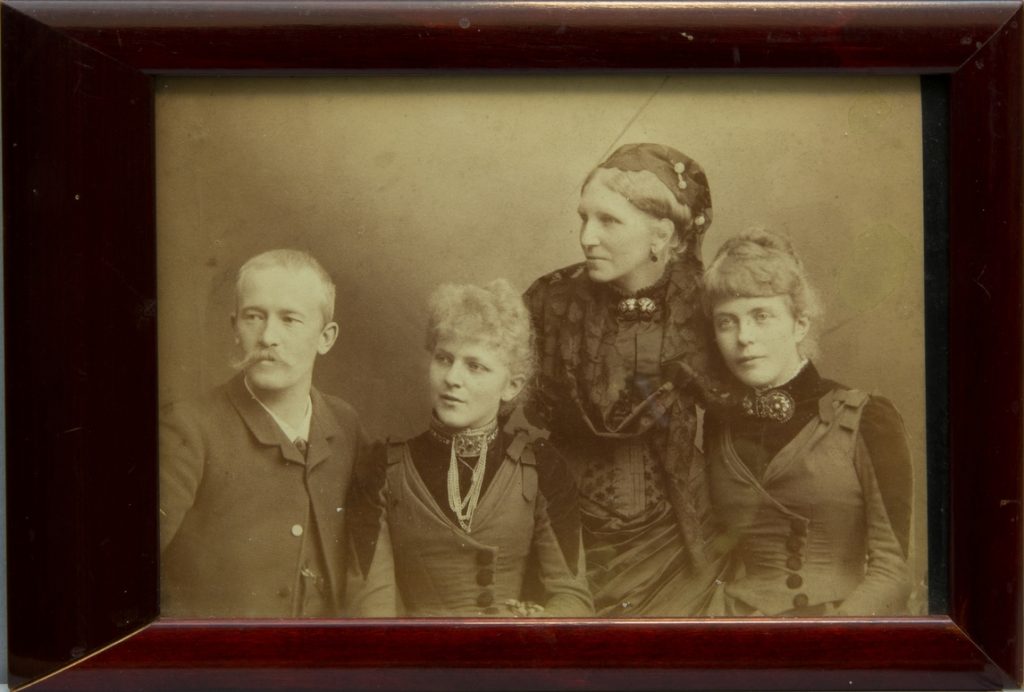
Photography portrait, group shot. From left to right: Ferdinand Boberg, Anna Scholander (fiancée F Boberg), Carin Scholander (mother of Anna and Ellen), and Ellen Scholander, 1886, Nationalmuseum, Stockholm, Sweden. Museum’s website.
Aside from painting, Boberg also worked with arts & crafts. In the 1890s, she painted so-called “tapestries” – oil paintings on rough fabric that resembled woven tapestries. These creations were used to decorate walls in various places around Stockholm. Furthermore, she designed the Peacock vase for Rörstrand in 1897 and art glass for Reijmyre. Another area of her work was textiles; among others works, Boberg created the textiles for the Swedish Pavilion at the World Exhibition in Paris in 1900. The artist was also a theatre costume designer and scenographer. She even wrote the text for Wilhelm Stenhammar’s opera Tirfing.
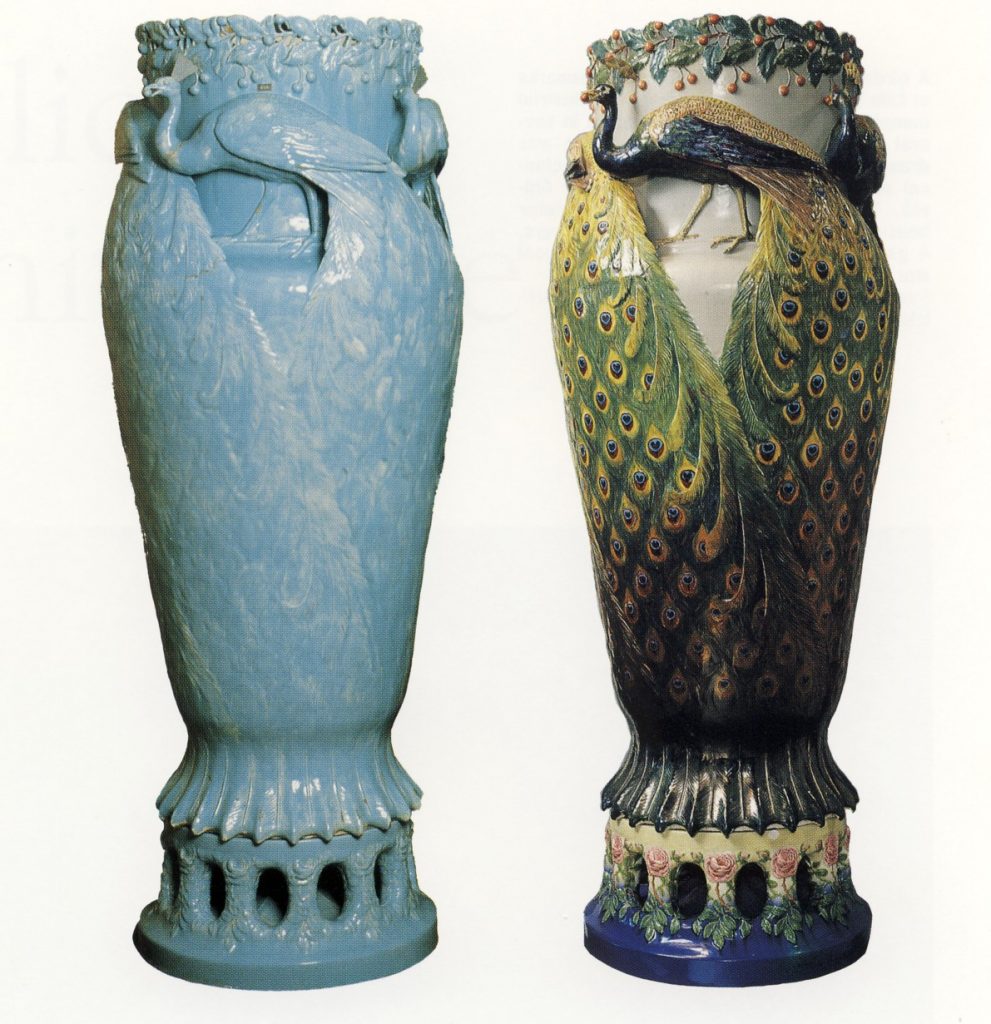
Anna Boberg, Two Peacock Vases. Wikimedia Commons (public domain).
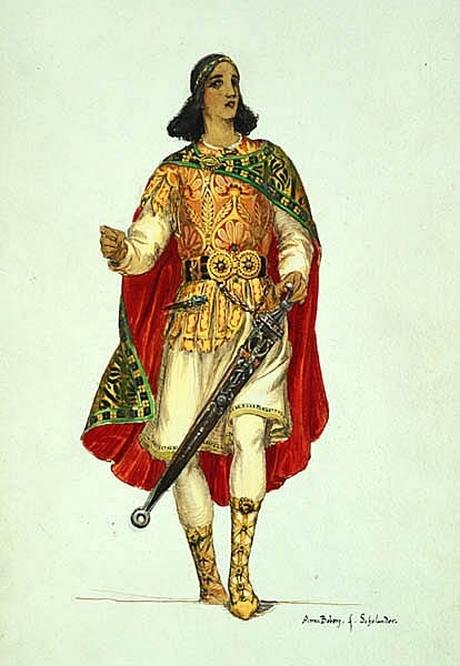
Anna Boberg, Costume Sketch to Opera Tirfing, 1898, Nationalmuseum, Stockholm, Sweden.
In the summer of 1901, Boberg went with her husband to northern Sweden and Norway. She fell in love with nature, the light, and the countryside. In 1904, her husband bought a cabin in Norway, where the artist could stay during her travels to Lofoten.
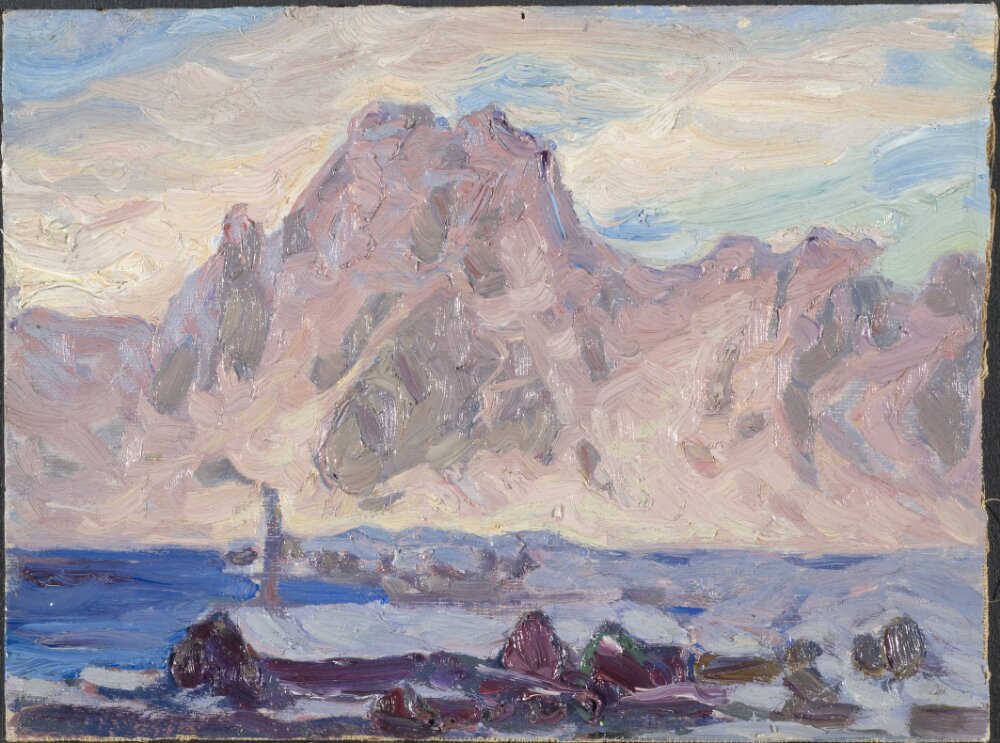
Anna Boberg, Lofoten in Violet. Study, Nationalmuseum, Stockholm, Sweden.
In the following 33 years Boberg visited her favorite region over three dozen times, both in the summer and winter, and she depicted many landscapes. Her magical arctic landscapes caught the public’s attention in Sweden, Paris, and the United States. Enthusiasts of Anna Boberg’s art enjoyed her talent and the pure beauty of Norwegian nature she loved and depicted in multiple paintings.
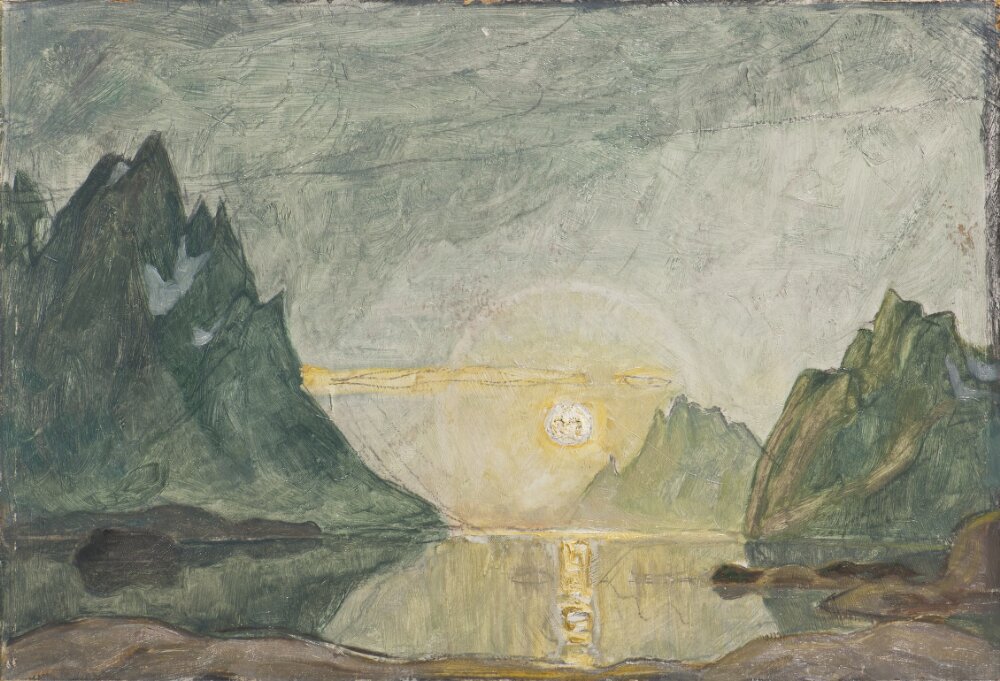
Anna Boberg, Midnight Sun. Study from North Norway, Nationalmuseum, Stockholm, Sweden.
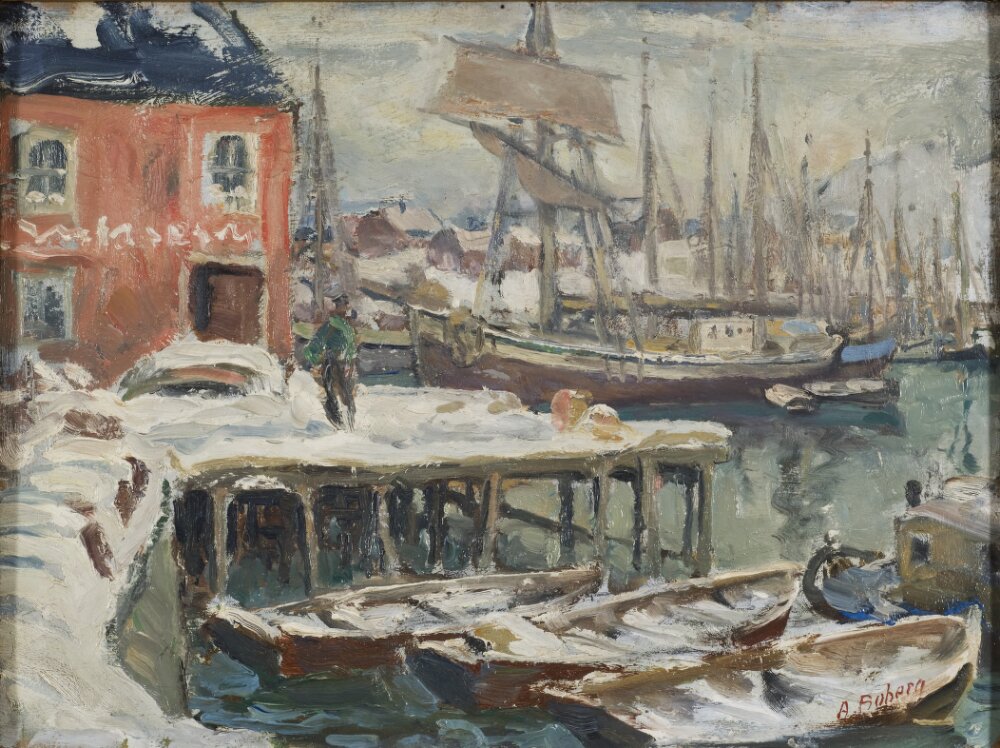
Anna Boberg, Jetty, Lofoten. Study from North Norway, Nationalmuseum, Stockholm, Sweden.
DailyArt Magazine needs your support. Every contribution, however big or small, is very valuable for our future. Thanks to it, we will be able to sustain and grow the Magazine. Thank you for your help!